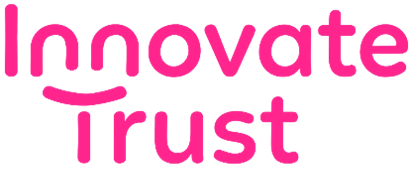Google LLC is an American multinational technology company focusing on artificial intelligence,[9] online advertising, search engine technology, cloud computing, computer software, quantum computing, e-commerce, and consumer electronics. Google Research tackles challenges that define the technology of today and tomorrow.
Tangible Interfaces for Assisting Young People with Neurodiversity
Tangible Interfaces for Assisting Young People with Neurodiversity Towards better Understanding Online Harms
The Internet has become ubiquitous – most people are now connected to it via many different types of devices to consume the various services it offers. However, the Internet is not governed by any authority and continues to operate with very limited mechanisms to police, govern or control either service providers or consumers. Such environments allow malicious entities to thrive and take advantage of vulnerable people. According to the UK Government Online Harm White Paper, nearly nine in ten UK adults and 99% of 12 to 15-year-olds are online. Out of all the groups, older (65+) and younger people are the most vulnerable on the Internet. Young people with special educational needs (for example, autism, dyslexia, and attention deficit hyperactivity disorder, ADHD), are particularly vulnerable. Young people with these conditions can find it more challenging to understand information and intent, remember essential information such as passwords, and attend to and monitor risks. Current tools and techniques developed in the context of protecting individuals from online harm are not designed with these vulnerable groups, such as young people with special educational needs, in mind. We believe that more specialised tools/techniques must be developed in collaboration with stakeholders to better inform and protect these vulnerable groups from online harm. Our project is one step towards this aim.
There is evidence that young people with special educational needs benefit from visual supports. They can help young people with conditions such as autism, ADHD, and dyslexia to break down barriers related to verbal communication, attention, monitoring, and working memory. They are often used in educational settings to help support learning, understanding, and retention of information. They are also beginning to emerge in the context of online safety. For example, Ambitious About Autism and the National Society for the Protection of Cruelty Against Children (NSPCC) recently published a visual handbook for young people with special educational needs about interacting with friends and strangers online.
Based on the above evidence, we hypothesise that a tangible user interface with visual indicators could help young people with special educational needs to better understand how the Internet works and how online services use their data and to be mindful of common online harms. In this project, we aim to co-design, develop and evaluate the effectiveness of a tangible user interface that could help young people with special educational needs (focusing initially on autism, dyslexia and ADHD) and their family members.
Team



Funding
Partners

Innovate Trust provides support and guidance to disabled people. In addition, Innovate Trust provides support to elderly, young, disadvantaged, and vulnerable members of the local community through our Student Volunteer projects.

Digital Communities Wales: Digital Confidence, Health and Well-being supports organisations that are working with digitally excluded people. We’re helping them deliver digital inclusion activities so they can do it well and make a bigger impact. DCW is a Welsh Government programme which is delivered by Cwmpas.

The Office of Communications, commonly known as Ofcom, is the government-approved regulatory and competition authority for the broadcasting, telecommunications and postal industries of the United Kingdom. Ofcom has a statutory duty to represent the interests of citizens and consumers by promoting competition and protecting the public from harmful or offensive material.
